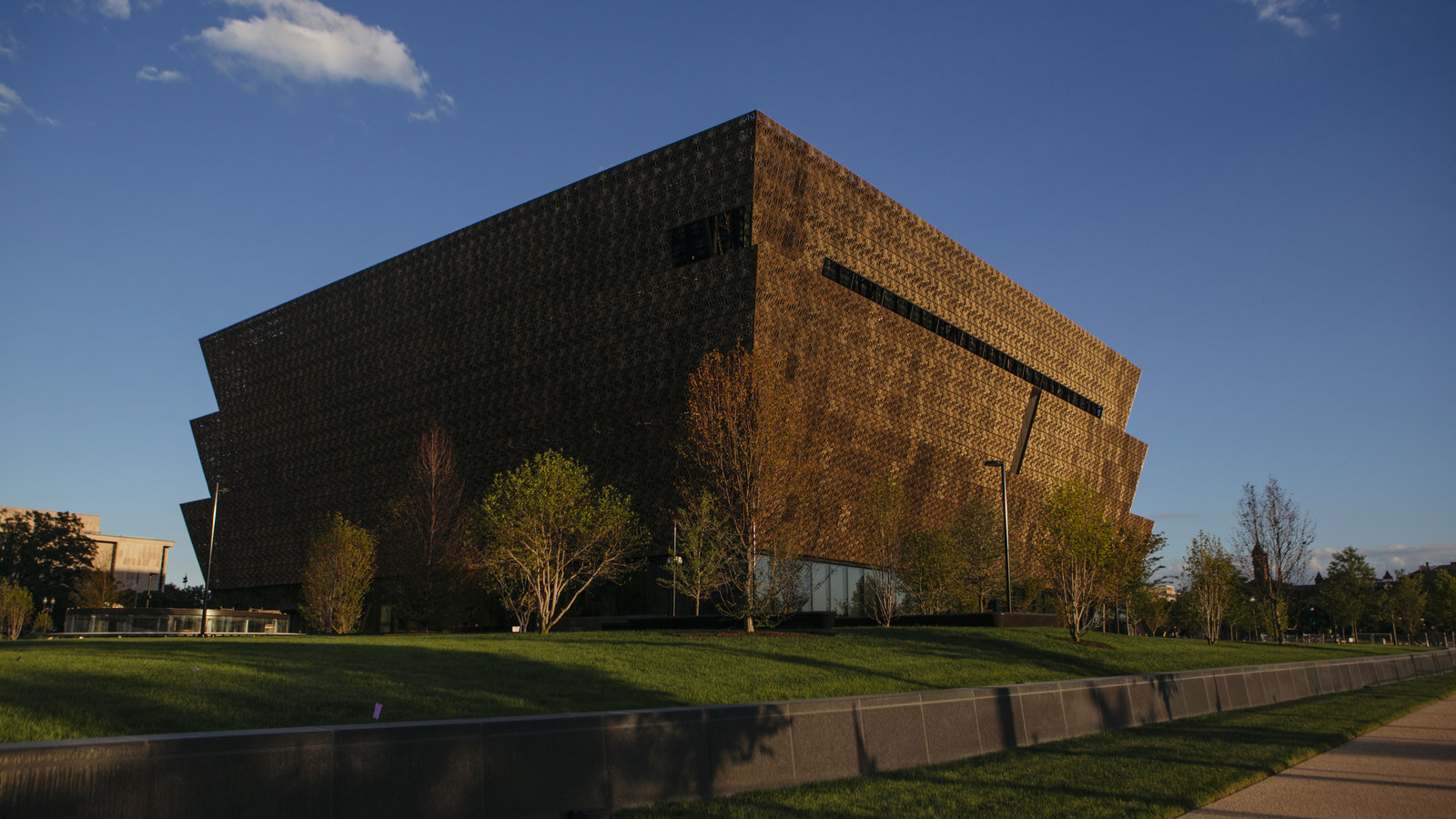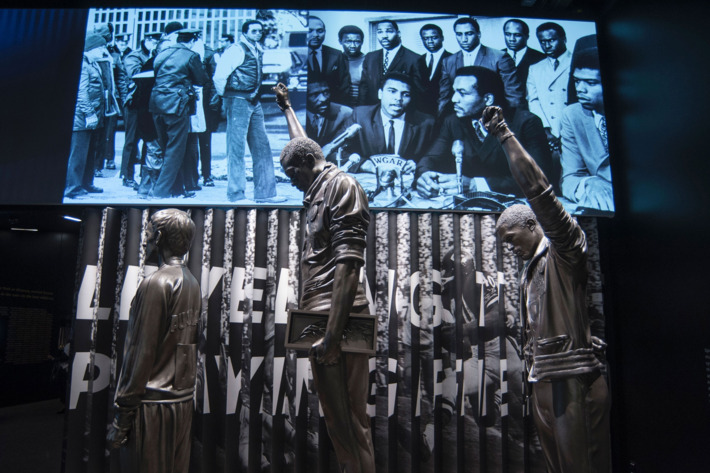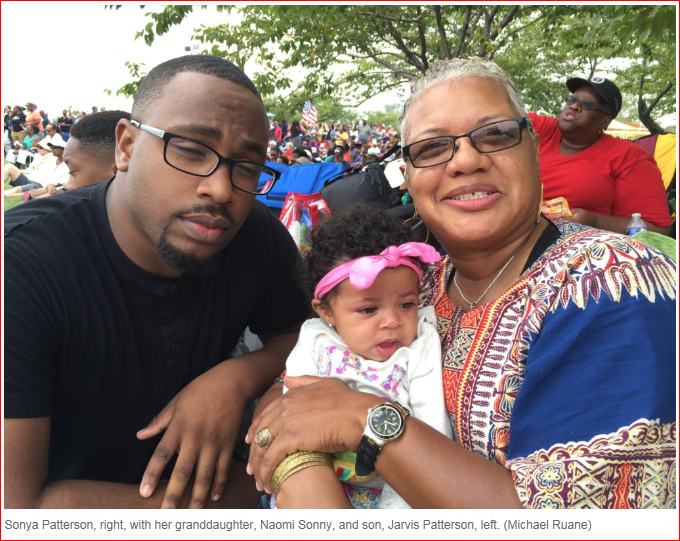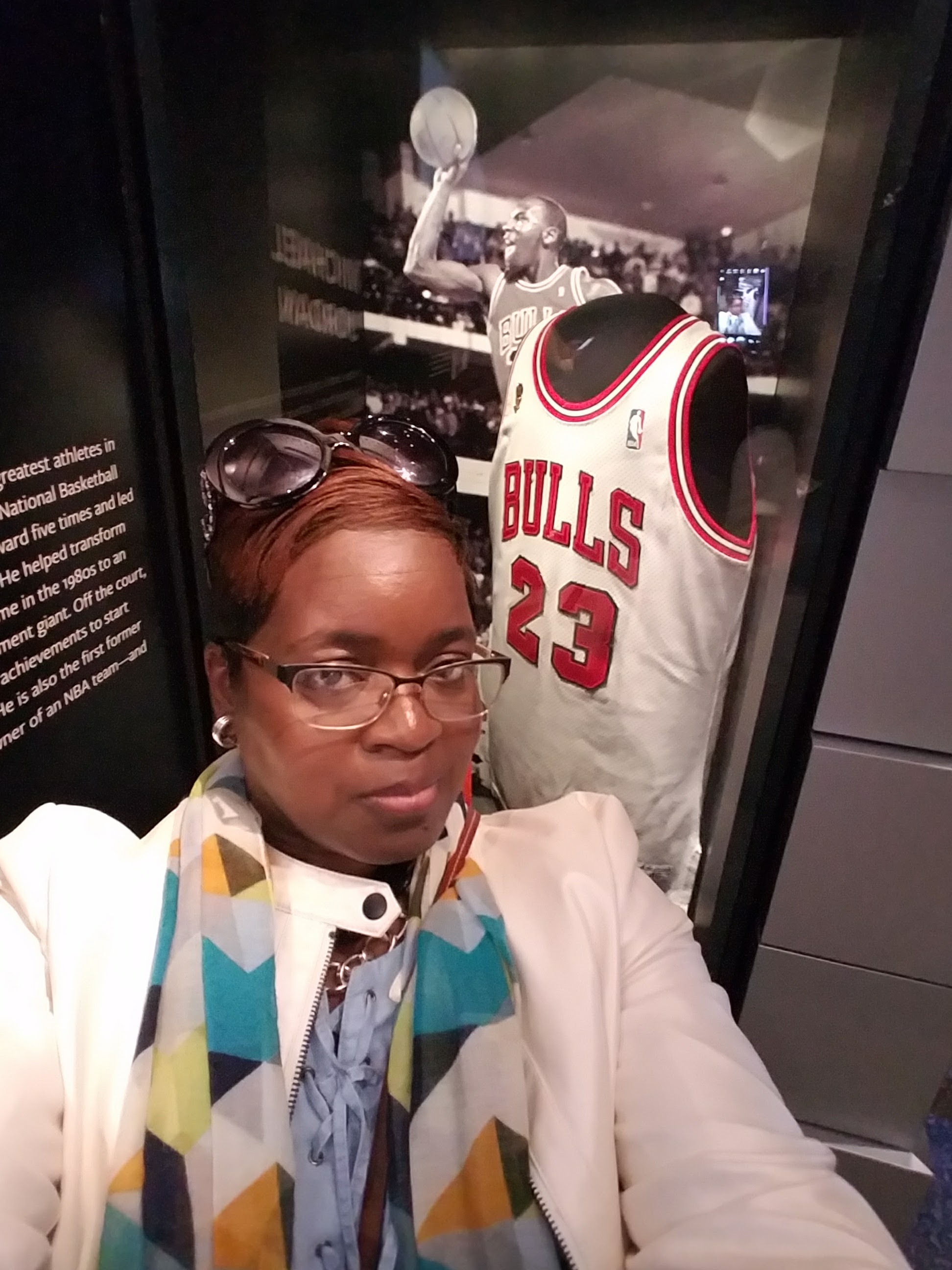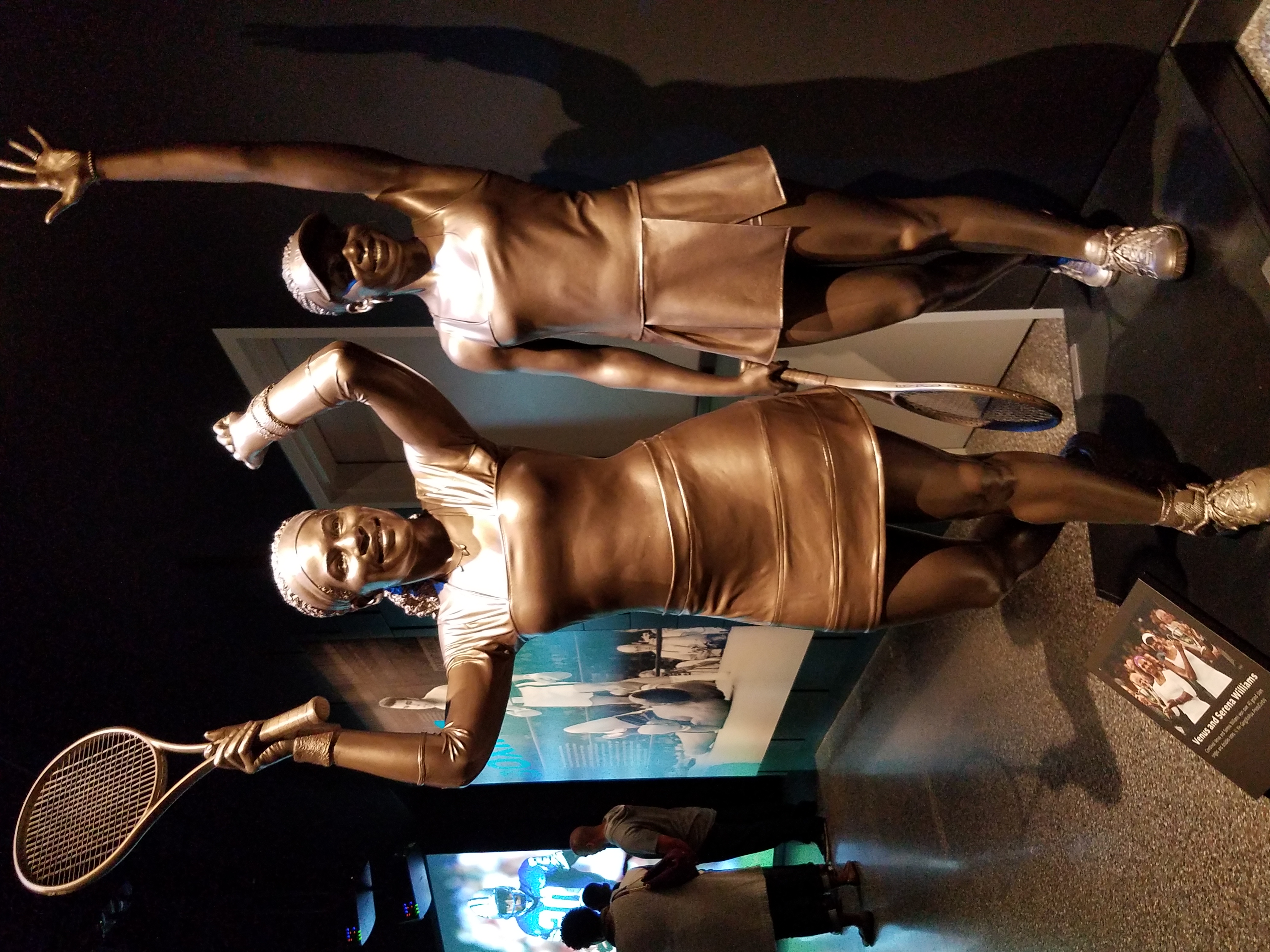ICE celebrates Black History Month: the Smithsonian National Museum of African American History and Culture
The inverted pyramid shape, bronze-like patina and sharp edges of the newest national museum make it a standout to Washingtonians and visitors from all over the globe.
The new Smithsonian National Museum of African-American History and Culture (NMAAHC) was 13 years in the making under the design leadership of Ghanaian-British architect David Adjaye and It opened to huge crowds Sept. 24.
Several U.S. Immigration and Customs Enforcement (ICE) employees were present at the opening day of NMAAHC, including Michelle A. Cooper, Sonya Patterson and Lisa D. Lipscomb.
NMAAHC is the only national museum devoted exclusively to the documentation of African-American life, history and culture. It was established by an Act of Congress in 2003, following decades of effort to promote and highlight the contributions of African-Americans. To date, the Museum has collected more than 36,000 artifacts and nearly 100,000 individuals have become charter members.
Michelle A. Cooper, mission support specialist in the Office of Training and Tactical Programs (OTTP), is a charter member of NMAAHC. Her visit focused on the lower level of the museum and the Slavery and Freedom exhibit. She also saw a complete slave house in its original condition and a film on the leadership roles of women in the Civil Rights Movement.
She unexpectedly connected with a former student who was dressed as a Civil War enactor, and met actor Glynn Turman of “It’s a Different World” and “Buffalo Soldiers” fame. Cooper shared why she was inspired to be a part of the museum: “My great-grandparents were slaves. My grandmother, who reared me, was born in 1893. She was the youngest of 13 children and was the first born free. It makes me proud to know that my family members left us a spirit that is not weak, but strong, and able to overcome any situation.”
Lisa D. Lipscomb, enforcement removal assistant, Enforcement and Removal Operations (ERO) Richmond, Virginia, visited NMAAHC shortly after it opened. She said, “It was a beautiful sight to see.” She was very impressed with the design of the structure itself and commented, “The museum did an outstanding job with the design of the building and the seated areas in the window room were my favorite; there was time to sit and reflect on the past.” She recommended everyone interested in American history visit whenever possible and make time to eat and enjoy the diverse selections of the Sweet Home Café.
Sonya Patterson, intelligence research specialist, Homeland Security Investigations (HSI), was full of conflicting emotions while touring NMAAHC: “As I was touring inside the museum, I felt a flood of emotions rushing through me such as sadness, joy and pride to be the one representing my ancestors at this historical event.”
Patterson, her son, Jarvis and granddaughter, Naomi Sonny, came from Los Angeles to attend the event. She was especially affected by an artifact on display from the historic Oklahoma Federation of Colored Women’s Club. It was a purple and gold banner embossed with the motto “Lifting as We Climb.”
Her family is from Oklahoma and she remembered hearing a story from her elders about how Booker T. Washington once declared her hometown of Boley, Oklahoma as “The most enterprising, and in many ways, the most interesting of the Negro towns in the United States.”
She said she can truly say the Johnson-Patterson African-American women “achieved that motto “Lifting as We Climb” not only for ourselves, but for our families.”
The objectives of the NMAAHC include: to provide an opportunity for those who are interested in African-American culture to explore history through interactive exhibitions, to help all Americans see how their stories, their histories and their cultures are shaped and informed by global influences, to explore what it means to be an American and share how American values like resiliency, optimism, and spirituality are reflected in African-American history and culture, to engage new audiences and to work with the myriad museums that have preserved this important history well before this museum was created.
Black History Month is the perfect time to welcome the NMAAHC and with it a huge piece of American history to the capital. Architect David Adjaye described its meaning best, “It’s a memorial and also a monument to an incredible contribution.”


